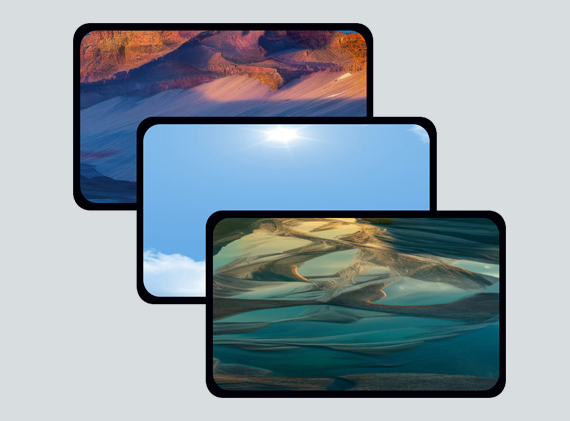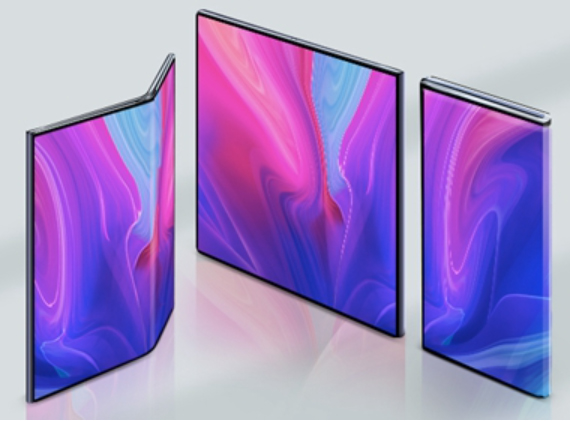In today's modern digital era, display technology has indeed become an integral part of our lives. As the most popular used display technologies, TFT LCD display and OLED display are featured with their unique characteristics.

TFT LCD, based on Thin Film Transistor Liquid Crystal Display technology, it illuminates the liquid crystal layer through a backlight source to display images. It is also one of the most widely used LCD display technologies.
TFT LCD Advantages:
- Low Cost: TFT LCD display is more economical than OLED due to its lower production cost.
- High Brightness: TFT LCD display offer high brightness, suitable for use in bright environments.
- Long Lifetime: Compared to OLED display, TFT LCD have a longer lifetime and are less prone to burn-in issues.
- Eye-friendly Usage: LCD display(including TFT LCD) typically use DC dimming technology, which helps reduce screen flickering and is gentler on the eyes.
TFT LCD Disadvantages:
- Slow Response Time: TFT LCD has a relatively slow response time, which may cause ghosting when displaying dynamic images.
- Narrow Viewing Angle: Standard TN-type TFT LCD has a narrow viewing angle, where image colors and contrast may change when viewed from different angles.
- High Power Consumption: The backlight of TFT LCD consumes significant power, affecting battery life.

OLED Display: it is a thin film made of organic light-emitting materials that emit light directly when an electric current passes through, eliminating the need for a backlight module.
AMOLED technology is similar to OLED but uses an active matrix as the bottom film, enabling it to display finer images and clearer text.
OLED Advantages:
- Color & Contrast: OLED display is renowned for its exceptional color saturation and contrast, achieving true blacks and infinite contrast ratios.
- Fast Response Time: OLED display has extremely fast response times, virtually eliminating ghosting in dynamic images, providing a smoother visual experience.
- Wide Viewing Angle: OLED has a significant advantage in viewing angles, with minimal impact on image color and brightness when viewed from different angles.
- Flexibility: OLED display can be flexible, enabling innovative usage scenarios such as foldable or curved screens.
- Low Power Consumption: Without a backlight, OLED is energy-efficient, ideal for portable devices.
- Thin Thinness: Without a backlight, OLED could be lighter and thinner.
OLED Disadvantages:
- Shorter Lifetime: OLED display have a relatively shorter lifespan due to the vulnerability of their light-emitting materials to oxidation and humidity.
- High Manufacturing Costs: The high manufacturing costs of OLED display contribute to the higher prices of some electronic devices.
- Eye Strain: OLED's self-emissive nature may put more strain on the eyes, especially after use for a long time.
To choose TFT LCD or OLED dislay? Users Need to consider:
--Budget: If your budget is limited, TFT LCD screens may be a more suitable choice.
--Color & Image Quality: If you prioritize image quality, viewing angles, and response speed, and your budget allows, OLED display are the better option.
--Lifestime: If you want a device that can last long without frequent screen replacements, TFT LCD display may better suit your needs.
--Innovative Design: If you're interested in innovative designs like foldable or curved screens, OLED display are indispensable.
Both TFT LCD and OLED display have their unique strengths, and the choice between them depends on specific user needs and budgets in different usage scenarios.